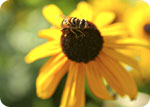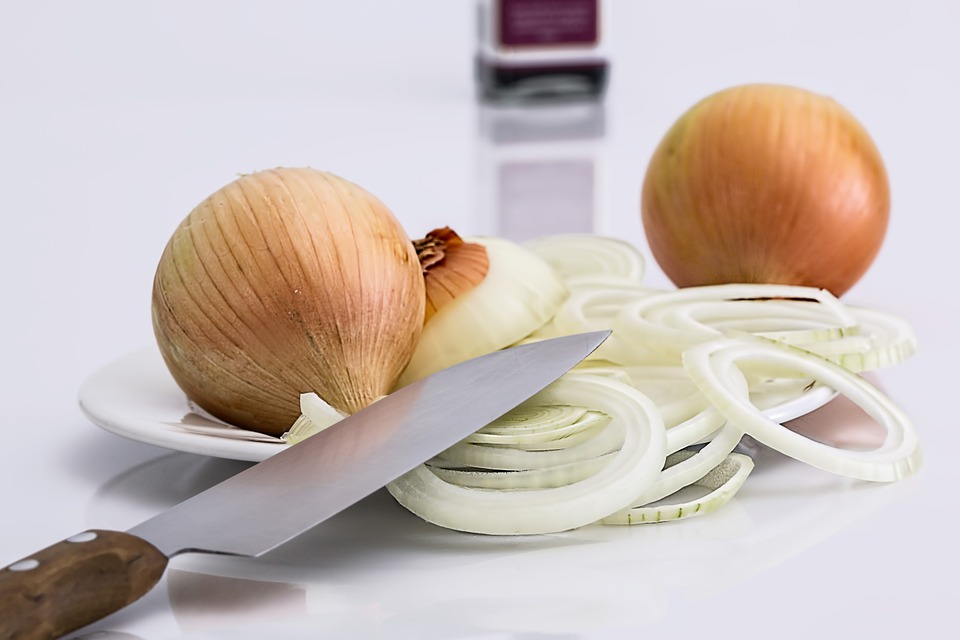If you’ve ever driven by a field of yellow daisy-like flowers and felt a sense of calm, you’ve experienced the embrace from Arnica, soothing your earthly and invisible aches and pains. Arnica montana, or Leopard’s bane has been in use medicinally since the 1500s, and is both an herbal medicine and a homeopathic remedy made from these lovely flowers. Many natural practitioners believe it is one of the most useful remedies in the medicine chest for a multiplicity of conditions. If it hurts, Arnica makes better — almost always. Of course there are thousands of homeopathic and herbal medicines for specific ailments; however, in almost every case of injury or shock — no matter how small — Arnica should be your first go-to treatment.
Arnica treats shock, on all levels. It heals shock to the tissues after injury or over-use, stops bleeding internally and externally and relieves emotional shock; anecdotal evidence points even to its ability to relieve shock on the soul level.
Herbal or Homeopathic
The herbal form of Arnica is available in extracts, tinctures, ointments, creams and gels and is only recommended for topical application. It should never be used on broken skin or taken orally as it produces serious side effects. Homeopathic Arnica is a standard remedy in every first aid it. It is meant to be used orally and is safe when used according to guidelines.
Aches, pains, bruising
One of the best known uses for homeopathic Arnica is for the treatment of aches, pains, bruises, sprains, broken bones, sports and other injuries to both soft tissue and joints. It relieves arthritis and gout pain and is an excellent general pain reliever that has been shown to be as effective as non-steroidal anti-inflammatory drugs. It has a special affinity for relieving low-back pain.
Swelling
Homeopathic Arnica reduces swelling, especially from injuries, and helps to dissolve blood clots that have formed at the site of the injury. It also reduces localized swelling from insect bites. Topical treatments with tincture of Arnica-soaked compresses or ointments will provide additional pain relief to the area. Ointments made with diluted Arnica tincture are especially helpful for reducing pain and swelling of hemorrhoids. http://www.naturalnews.com/028901_hemorrhoids_remedies.html
Bleeding
Arnica stops bleeding anywhere in the body. Whether from a car accident, a black eye, a stroke or after a tooth extraction, a dose of homeopathic Arnica will stop the flow of blood immediately.
Heart and cardiovascular system
Because it acts as a muscle tonic, Arnica strengthens the heart and reduces swelling associated with edema. The remedy will also relieve a variety of conditions related to the blood vessels, such as peripheral artery disease, or PAD. Do not self treat for these conditions. Consult an experienced homeopath for guidelines for use.
Sore feet
Too much standing, working out or shoes that don’t fit well all cause foot pain. A foot bath with a few drops of Arnica tincture mixed with Epson salts and warm water relaxes sore feet and heals bruises to bunions and tiny bones. Apply a smear of Arnica ointment after drying feet and pains will be gone by morning.
Emotional shock
Whether your toddler falls from her tricycle, gets stung by a bee, or you find out the stock market has crashed, a parent has died, or a new baby is born — Arnica works to calm the emotions and enables you to better cope in the moment. The person needing Arnica may appear indifferent, will want to be left alone and will usually be suffering from some form of shock or excess mental/emotional strain.
Sources for this article include:
http://en.wikipedia.org/wiki/Arnica
http://www.umm.edu/altmed/articles/arnica-000222.htm
http://www.naturalnews.com/028901_hemorrhoids_remedies.html
http://www.arnica.com/
http://www.mskcc.org







